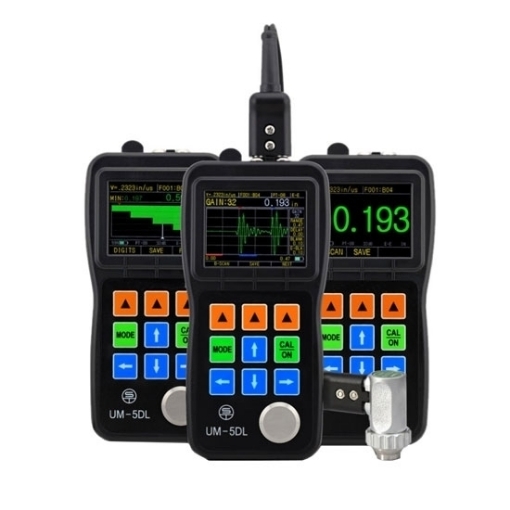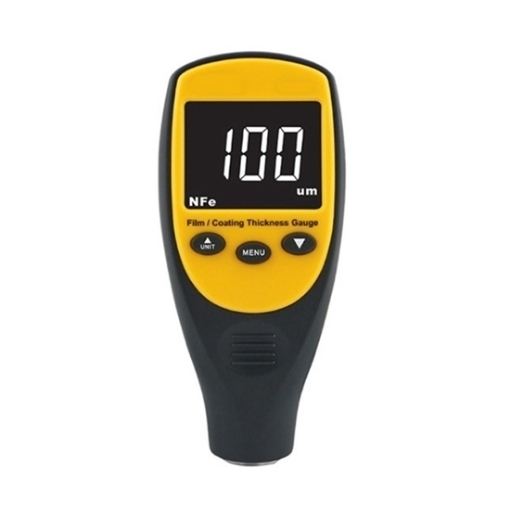Thickness gauges are essential tools used in various industries to measure the thickness of materials accurately. They come in different types, each designed for specific applications and materials. In this article, we will explore the diverse world of thickness gauges and delve into the various types available.
Mechanical Thickness Gauges
Mechanical thickness gauges, also known as micrometers or calipers, are simple and commonly used instruments. They feature a calibrated scale and a measuring arm. When the arm is placed on the material, the scale provides a direct reading of the material's thickness.
Magnetic Thickness Gauges
Magnetic thickness gauges use magnetic attraction to measure the thickness of a coating on a magnetic substrate. They are widely used in industries where protective coatings are applied to metal surfaces, such as automotive and construction.

Ultrasonic Thickness Gauges
Ultrasonic thickness gauges use high-frequency sound waves to measure the thickness of materials. They are versatile and can measure the thickness of various materials, including metals, plastics, and composites. Ultrasonic gauges are commonly used in industries like manufacturing, aerospace, and marine.
Eddy Current Thickness Gauges
Eddy current thickness gauges measure the thickness of non-conductive coatings on conductive substrates. They work by inducing eddy currents in the conductive substrate and analyzing the changes in the electrical impedance.
Radiographic Thickness Gauges
Radiographic thickness gauges, often used in the oil and gas industry, utilize X-ray or gamma-ray radiation to measure the thickness of materials. These gauges are particularly useful for measuring the thickness of pipes and tanks.
Beta Backscatter Thickness Gauges
Beta backscatter thickness gauges emit beta particles onto the material's surface. These particles are then reflected back, and the gauge measures the time taken for the particles to return. This measurement is used to calculate the material's thickness.
Optical Thickness Gauges
Optical thickness gauges use light interference patterns to measure the thickness of transparent or semi-transparent materials, such as glass, plastics, and films. They are widely used in industries where precise optical measurements are required.
Digital Thickness Gauges

Digital thickness gauges encompass various types of gauges that provide digital readouts of thickness measurements. They can use different measurement principles, such as ultrasonic or eddy current, and offer the advantage of quick and accurate readings.
Coating Thickness Gauges
Coating thickness gauges are specialized tools used to measure the thickness of coatings or paint on various substrates. They can use magnetic, eddy current, ultrasonic, or other techniques, depending on the type of coating and substrate.
Non-Contact Thickness Gauges
Non-contact thickness gauges use technologies like laser or optical sensors to measure thickness without physically touching the material. These gauges are useful for delicate or sensitive materials.
The world of thickness gauges is diverse, with each type serving specific purposes in different industries. Whether you need to measure the thickness of metals, coatings, or even transparent materials, there's a suitable gauge available. Understanding the various types of thickness gauges empowers professionals to make informed decisions when choosing the right tool for their specific applications.

